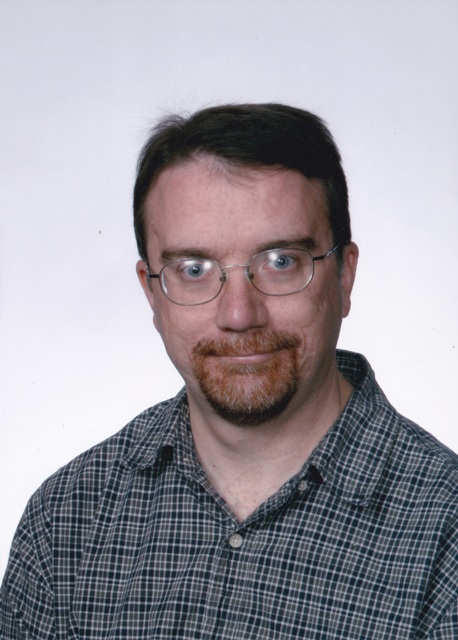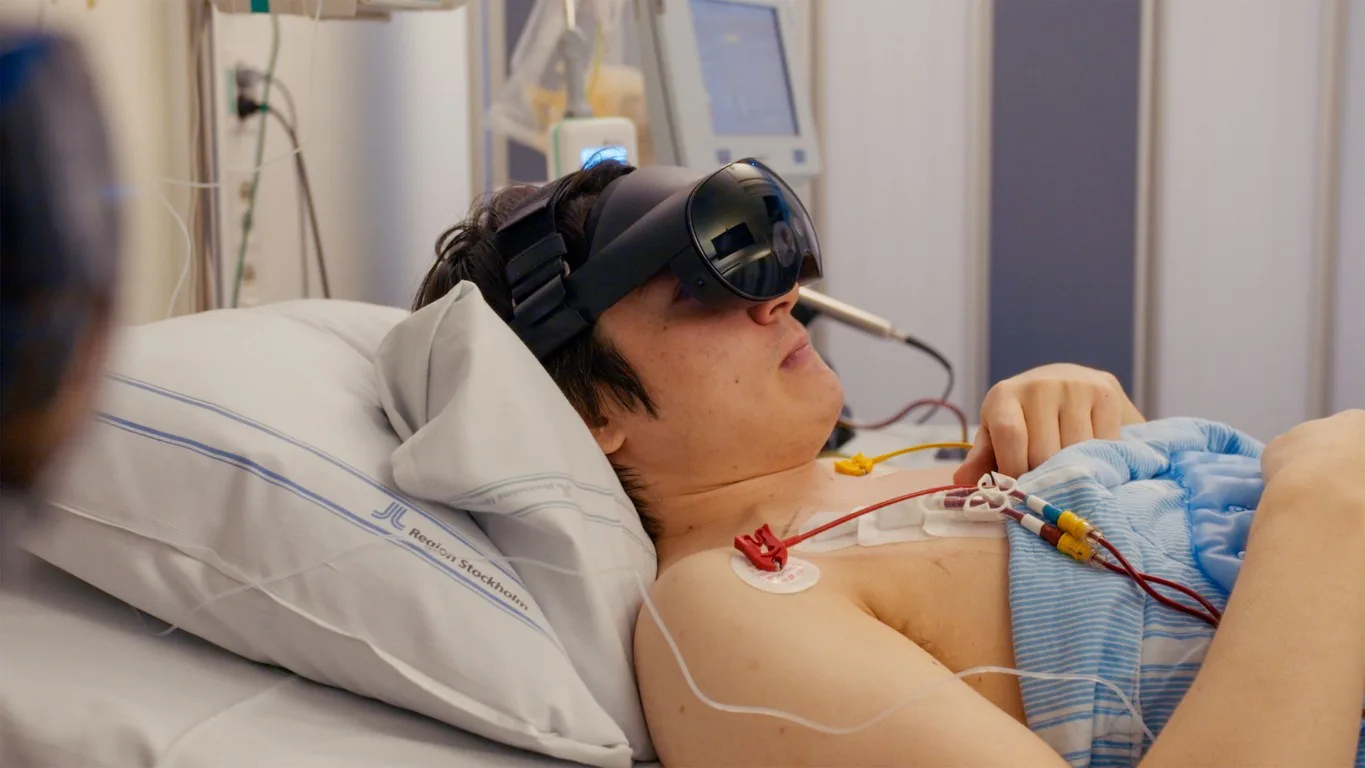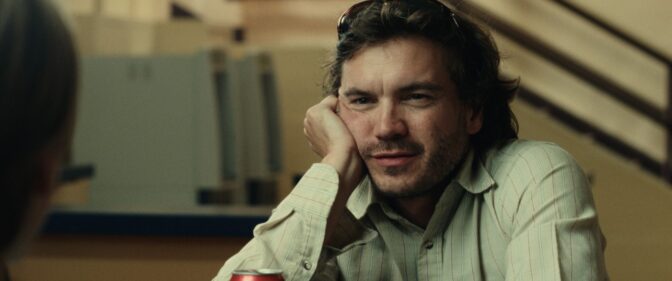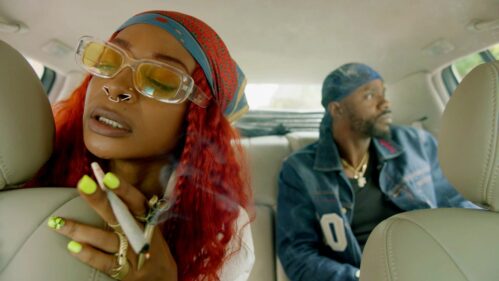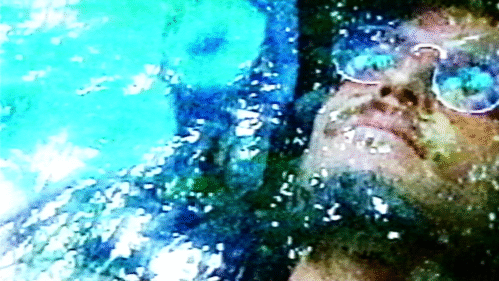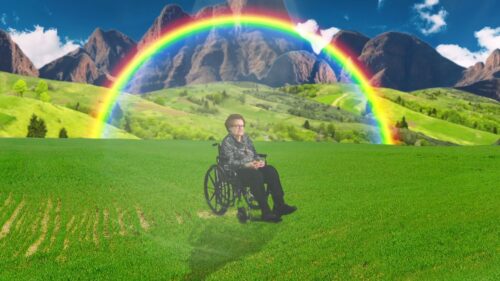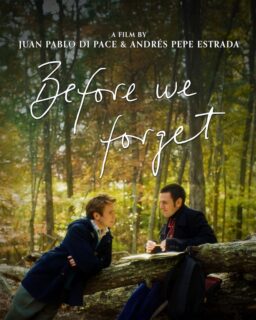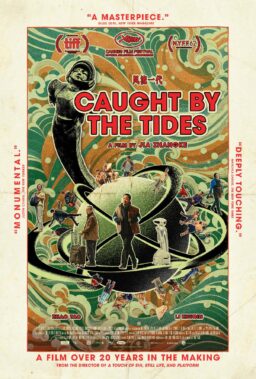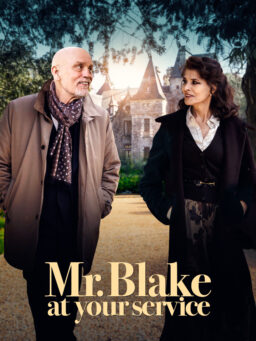Joe Hunting’s documentary “The Reality Of Hope” is the kind of inspiring story of friendship and the goodness in people that I think many of us need right now. A few months ago, the film “The Life of Chuck” gave some moviegoers a reason to go to the theater and feel good about life again. It’s a hard thing to pull off these days, as the news makes us more hardened and cynical about the world and skeptical about anything that tries to sell us on positive intentions. Feelings of hope and joy in the face of the oppressively bleak newscycle with which we currently exist can sometimes be, in one’s own personal way, an act of defiance.
It’s not that “The Reality Of Hope” will ignite any kind of societal movement. But it’s nice to know people can go online, meet each other, and suddenly find it to be the best thing to ever happen to them, instead of the more common outcome of regretting creating a profile in the first place. In Hunting’s film, a virtual reality landscape called “Furality AQUA” invites people to create worlds and animal-like avatars to exist in a stunningly rendered backdrop where they can meet, take exercise classes, and make their best efforts to hug each other (sometimes it’s hard to get the alignment right with the other person).
They all have their own nicknames, of course, and the one we follow is a virtual otter in a suit and tie named Photographotter (real name: Alex). He and his wife enjoy their time together in this world, but when they’re in our world, they‘re wearing VR headsets and walking around their rooms, presumably trying not to bump into things (sorry, I have very little experience with this myself, but I’d love to try it). One of the people in this plentiful group is named Hiyu (real name: Jack), who has just found out he is in desperate need of a kidney transplant. It just so happens the good-natured Alex has often thought about donating a kidney to someone in need. Alex lives in New York. Jack lives in Sweden. I doubt I’d be writing about any of this if Alex decided to stay home, so you know where this is going.
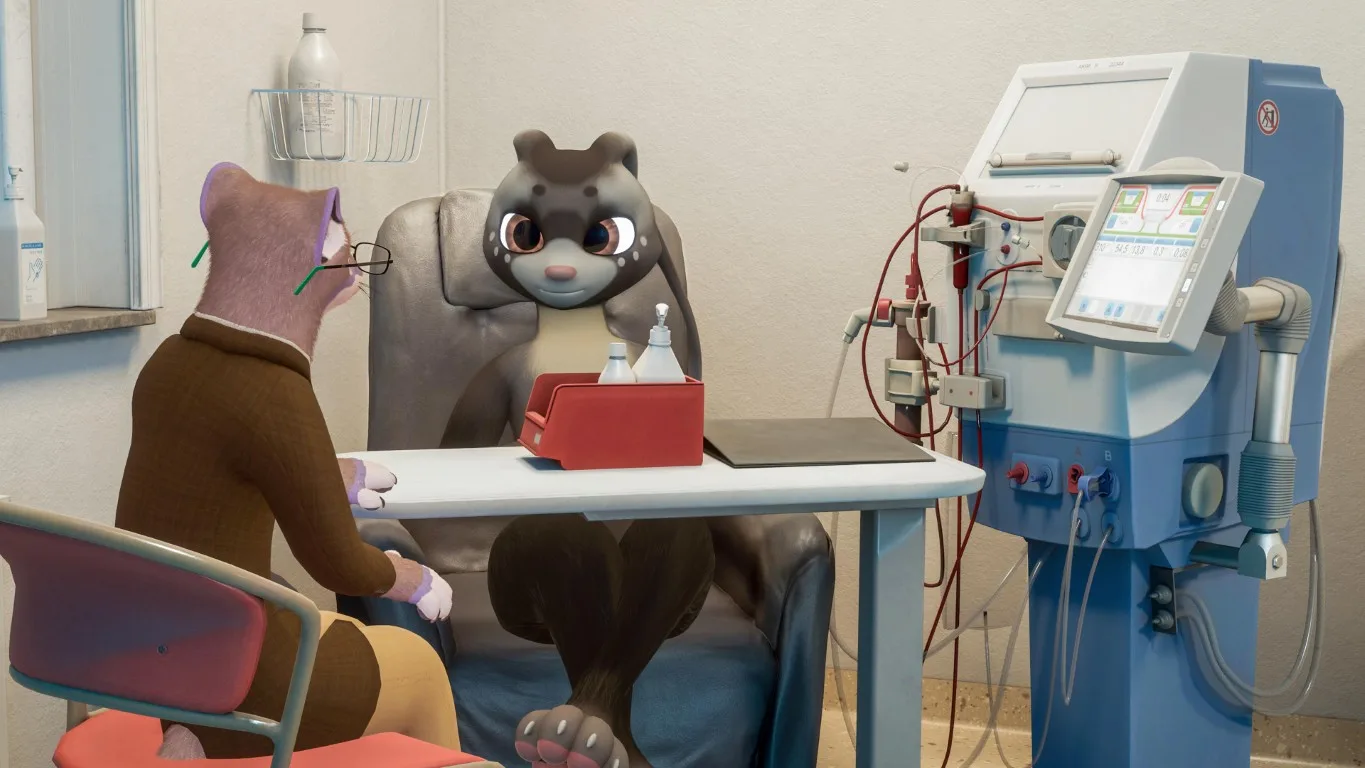
Hunting does a wonderful job of setting up this world for the uninitiated. There are all sorts of VR communities that people find themselves in, and they can’t go through a day without paying a visit. I am at an age where the version of this that I can relate to is old-school message boards from the early to mid-aughts, centered around something specific (movies, a band, anything like that). Those were communities that brought people together online, and in some cases, eventually, in person. The VR version of that may seem outlandish to some, but it’s honestly no different. Hunting captures the deeper meaning behind these online encounters that grow into fruitful and, in this case, life-saving relationships.
Alex and Jack are good people who deserve to know each other. What would Jack have done if he didn’t have this virtual world where he could make connections? There are many moments in the latter half of the film where Jack and Alex realize their good fortune and give each other a hug. You get the sense that each hug matters. Eventually, due to their geographical distance, they will return to the virtual world and only try to hug. Those synthetic moments of contact won’t necessarily matter less, but “The Reality Of Hope” makes us think about our actual physical selves and how fragile we are, both in terms of health and the need to know who is behind that avatar that could very well reshape the rest of our lives.
Q&A with director Joe Hunting
How did this come about?
The story emerged when I was introduced to Max Willson (co-producer) in VR in late 2023, which led to a meeting in London where he pitched making a documentary about it. At this time, Hiyu (Jack) & Photographotter (Alex) had just been confirmed as a suitable match for kidney transplantation, which sparked an immediate inspiration to follow their journey. I wanted to express the significance of online friendships, raise awareness about kidney failure in young people, and represent their broader VR furry community.
After an initial meeting to transparently discuss the documentary concept with them, we began filming interviews in VRChat over four months, as they were naturally waiting for their surgery date. We got to know each other and were able to create a supportive filming atmosphere during this time, which carried over when we eventually met in Stockholm for the physical production.
You’ve shot numerous documentaries inside VR. What initially drew you to that?
I was at university studying film production when I first tried VR; almost immediately, I became curious about the sense of embodiment in social VR spaces and how that would translate to film. It was during my initial documentaries shot inside VRChat that I began considering what I could contribute to the world with my films. VR became my playground for growing as a storyteller. Very quickly, the experimental films I was making with friends and strangers in VRChat became the foundation of what I’m most excited about thematically. I was drawn to explore what it’s like to meaningfully connect with others through immersive, anonymous avatars, as well as the impact of supportive online communities and inclusive virtual spaces.
I can certainly relate to the idea of finding that special person at the right time through relatively obscure means. Do you have any experiences similar to those depicted in the film? Maybe not life-or-death, but in other ways?
I could definitely relate to Hiyu and Photographotter’s unique way of meeting, which I think helped us bond and build trust during the filmmaking process. Especially after the release of my previous feature film ‘We Met in Virtual Reality’, I’ve met many close friends from VR in real life, including my partner! I have a strong personal attachment to forming friendships with people, both in their virtual and physical aspects, which I felt I could really speak to in this film. Sometimes the most sincere and kind human connections sprout from the places you wouldn’t expect. I feel like I still have more to express about how VR has created meaning for me personally.
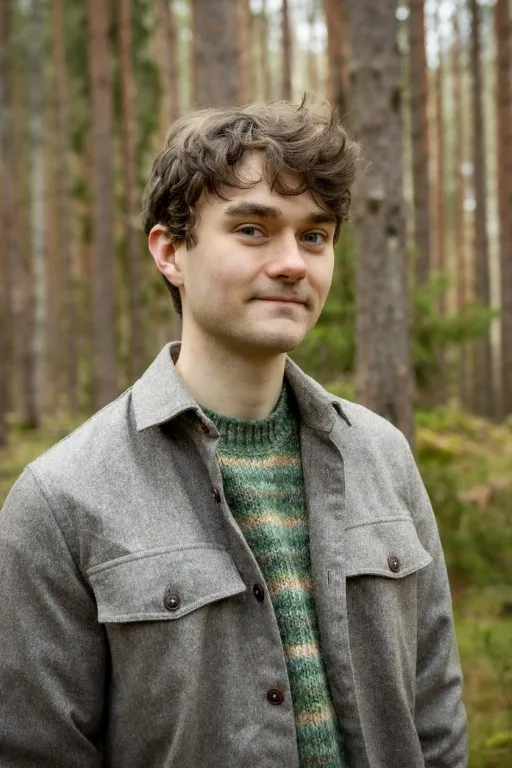
What was a day of filming like when you were with both of these guys? At one point, did you say, “Okay, I’d like us to put on the headsets and talk about this?” What was the process like in making those decisions?
The majority of the scenes captured in VRChat were made remotely, of course, so everyone was beaming in from their own homes. I was based in the UK during most of the VRChat filming. To shoot in VRChat, I was in the headset myself and operated a virtual camera using my controllers. Max, who assisted on camera, and I would often location scout virtual worlds to set up our compositions. Hiyu and Photographotter would then join us in a private session of the certain world; we’d prepare the screen recording software to capture our camera output, and I’d direct the interview organically. You can find images of what my avatar looks like on the internet if you’re curious. It was a huge advantage that both Hiyu and Photographotter are well experienced in VRChat, specifically with the camera tools, making it easy to communicate the vision for each shoot.
What update can you give us about Alex and Jack?
I’m delighted to say that Hiyu (Jack) and Photographotter (Alex) are in good health, first and foremost. We celebrated the film’s premiere at the Sundance Film Festival together in person and have since seen each other periodically at various festivals, as well as furry conventions, where we presented the film. Hiyu is working on the beautiful virtual worlds at Furality, and Photographotter recently finished a science fiction novel!
What’s next for you?
I am soon to enter pre-production on my next major film project, which is related to social VR, but with a more innovative technical approach and an ambitious narrative. I’ll be sharing more soon, so keeping it vague for now!
